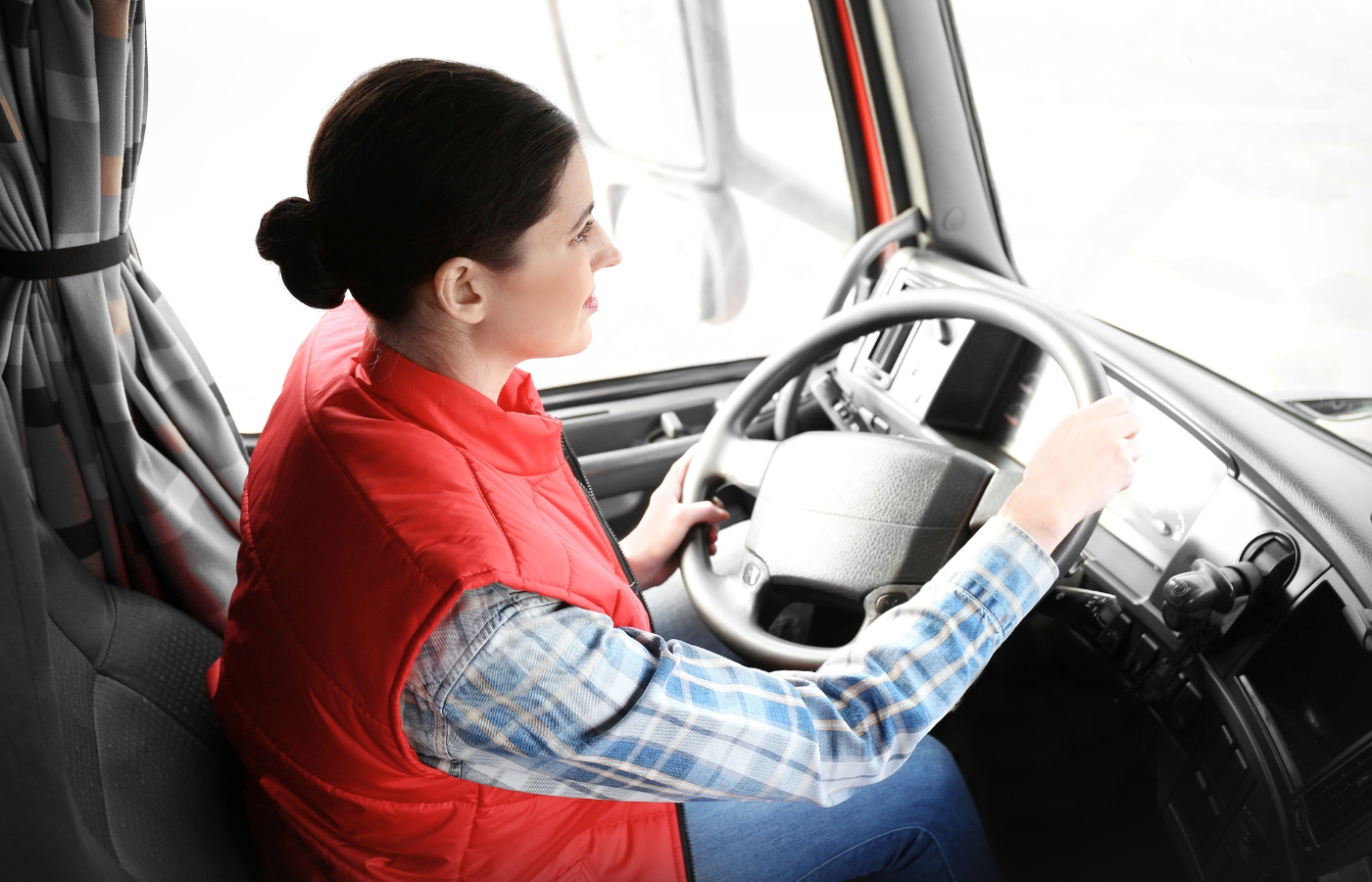Uncovering the Secrets Behind Airplane Exterior Maintenance
The exterior of any aircraft is not just the face of the world but an important aspect relating to the safety, performance, and longevity of the aircraft. Airplane exteriors face various environmental challenges and wear throughout their operational lifespan. Maintenance of these exteriors is equally important because they serve aesthetic and overall safety and efficiency roles in the airplane. This blog will reveal the practices, technologies, and procedures that hide behind maintaining aircraft exteriors.
The Importance of Maintaining Airplane Exteriors
Appealing airplane exteriors steer well-being in several ways. First, it's pleasing: The integrity of an aircraft exterior contributes directly to its safety and efficiency. Damage or deterioration may result in severe risks—for example, structural weaknesses or compromised aerodynamic performance.
- Performance: An exterior in good shape ensures the best possible level of aerodynamic performance. Dirt, debris, and damage increase drag and lead to lower fuel efficiency, compromising an aircraft's overall performance.
- Aesthetics: The condition of the aircraft reflects the quality of the airline. A clean and well-maintained exterior increases the aesthetic and the airline reputation.
- Longevity: If the maintenance is done regularly, it prevents damage and stops or slows down corrosion. It increases longevity, thereby reducing expensive repairs.
Cleaning and Inspection Regularly
The first step in maintaining airplane exteriors is their regular cleaning and inspection. Essential stages in the process include:
Surface Cleaning
This makes up the routine surface cleaning of the aircraft's exterior to remove dirt, grime, and other contaminations. Such is usually carried out through the use of unique cleaning solutions and equipment made for the tender surfaces of an aircraft. The cleaning process involves:Pre-wash Rinse:
Removal of loose dirt and debris with a high-pressure water rinse. Application of Cleaning Agents Purposed to break down stubborn contaminants. Manual Scrubbing Areas that are very dirty or are not easily accessible need to be manually scrubbed with the help of brushes and cloths. Final Rinse: To leave the surface clean, all the cleaning agents and contaminants need to be rinsed off.
Detailed Check
- Visual Inspection: The whole surface should be inspected for damage, including dents, nicks, or cracks. Corrosion Check: Any corrosion sign must be checked, especially around joints and seams.
- Paint Condition: The paint condition should be checked to have no peeling off, fading, or getting damaged.
- Structural Integrity: Checking for any structural failures that can be a hazard while the aircraft is in operation.
Repair Damage and Wear
If any damage and wear are observed, they will need to be repaired as soon as possible to maintain the appearance and structure of the aircraft. This includes:
Surface Repairs
There are several times where small damages like scratches and dents can easily be repaired on site. This can consist of sanding down the damaged section and then using a filler material to fill it out and level it off to the surrounding surface.
Corrosion Treatment
Repainting
Technically Advanced Aircraft Exterior Maintenance
Technological advancement has highly had a great revolution in the efficiency and effectiveness of aircraft exterior maintenance. Some of the cutting-edge technologies used are:
Non-Destructive Testing Techniques (NDT): These techniques, such as Ultrasonic and Eddy current, may detect hidden damages without requiring the disassembling of aircraft parts. These techniques provide detailed information regarding the status of the airplane exteriors, allowing targeted and focused maintenance.
Robotic Cleaning Equipment: Automated machines with brushes and water jets have also become popular in cleaning the exterior surfaces of airplanes. These machines clean efficiently and effectively while providing a consistent cleaning in the interiors and areas that can prove to be troublesome, with less labor work.
Advanced Coatings: Modern innovation in coating materials has led to advanced protective coatings, which are more durable and resist various environmental factors. These coating materials protect the aircraft from ultraviolet radiation, corrosion, and other types of destruction that may affect the paint life or the underlying structure.
Best Practices in Maintaining Airplane Exteriors
For maintaining the airplane exteriors at their best standards, the below-mentioned best practices should be followed:
A Regular Maintenance Schedule: There is a need to develop a regular maintenance schedule for looking after airplane exteriors. This schedule will incorporate routine cleaning, inspections, and necessary repairs or painting.
Use of Approved Materials and Techniques: Approved cleaning agents, paints, and repair materials have to be used to ensure compatibility with the surfaces of the aircraft. Besides, the materials should meet the industry standards. In a similar tone, techniques applied in maintenance duties equally apply as per the aviation regulations and best practices.
Personnel Training and Employment for Maintenance Jobs: Having competent personnel in maintenance operations is critical. Technicians should be well-skilled and proficient in conducting inspections, repairs, and repaints at their optimum levels.
Documentation and Reporting: Elaborate records of all the maintenance activities need to be maintained to track the condition of the aircraft; this also serves to ensure that the set regulatory requirements have been met—information such as the inspection, repair, changes on the airplane exterior, and repaints.
Conclusion
The maintenance of the exteriors is a multifaceted, ongoing process that ensures safety and performance while keeping the aircraft aesthetically pleasing. When airlines and maintenance teams realize the importance of cleaning the aircraft regularly and inspecting it in detail for repair needs immediately, their aircraft can be assured of being in good condition. The usage of high-end technologies combined with best practices further upscales the efficiency of the maintenance endeavors, digging out the secrets behind the well-maintained aircraft exteriors. Good care and attention given ensure that longevity as well as good performance are achieved in the plane to a great extent, contributing toward safer and more efficient journeys in the air.






Comments
Post a Comment